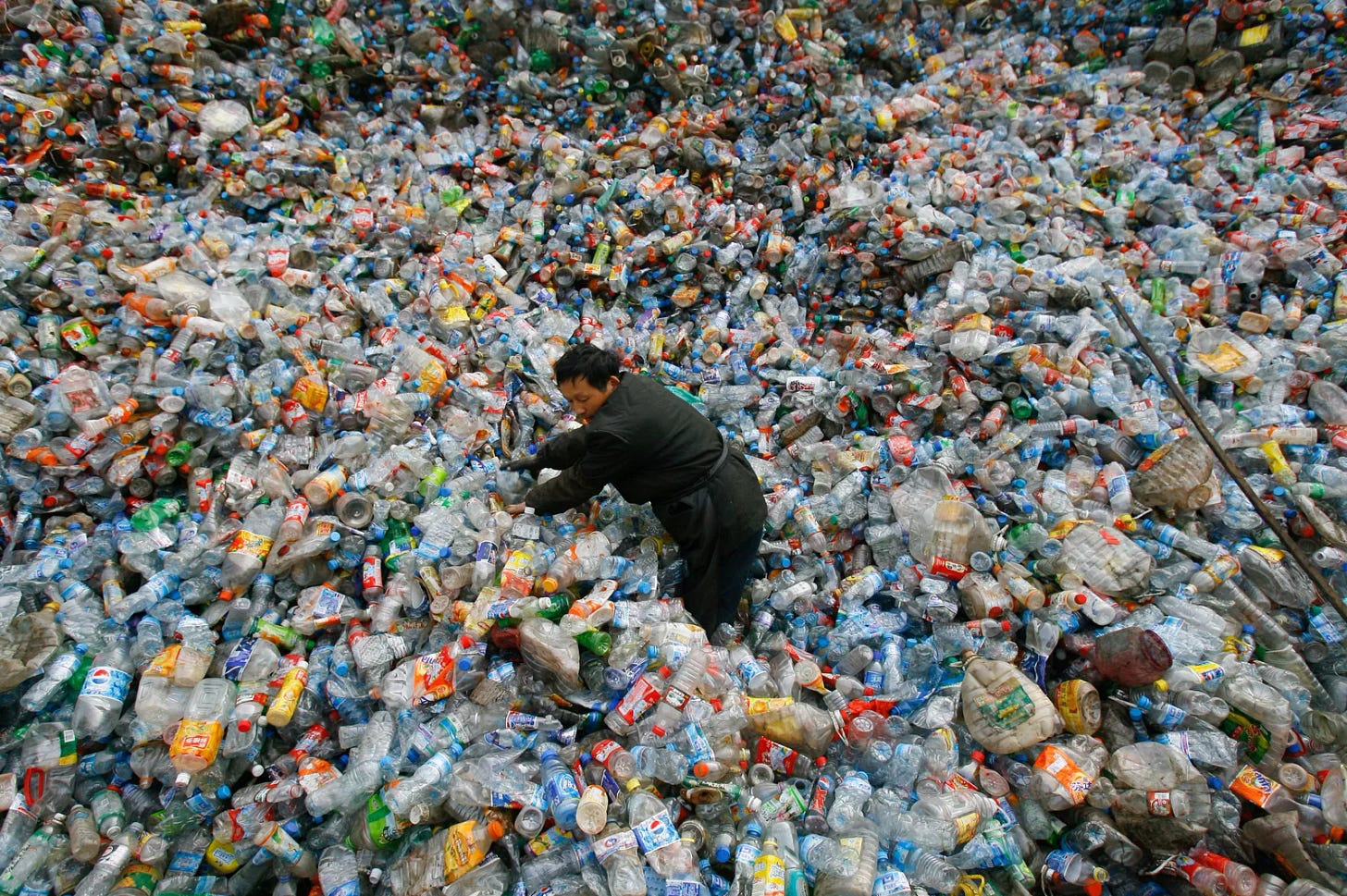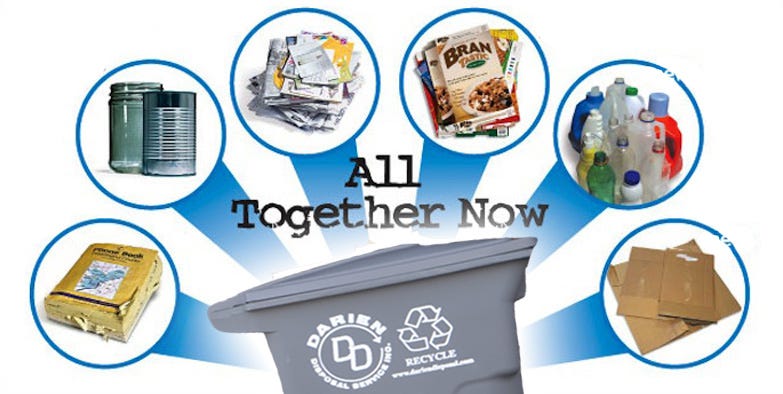Recycling: How Does It (not) Work?
Since I was young, I’ve been taught to reduce, reuse, recycle. When I was in the second grade, I founded a “recycling club” at my school where I encouraged my classmates to recycle. We even had tee shirts (it was really cute, ask my mom). However, as I’ve grown up and learned more about sustainability, I’ve learned the intricacies of how recycling works (or doesn’t work) in the United States.
The Facts
The average American produces 4.5 pounds of trash in a given day, most of which is comprised of recyclable items. Every year, U.S. landfills are filled with various kinds of waste that could be disposed of in more sustainable ways.
For example, in a given year, U.S. landfills are filled with 139.6 million tons of waste, which persists of 30.63 million tons of food, 26.82 million tons of plastic, 18.35 million tons of paper, and other significant amounts of recyclable materials.
There are many misconceptions over what can and cannot be recycled. For example, many people recycle plastic straws, plastic bags, eating utensils, and takeout containers that cannot be recycled. These often are incinerated, deposited in landfills, or washed into the ocean.
Landfills emit CO2, methane, and other pollutants into the air. Thus, we should aim to minimize our contributions to them, especially with materials that could be disposed of otherwise.
How Did We Get Here?
China was handling the recycling for nearly half the world’s discarded materials for decades. This was for a multitude of reasons; predominantly, that their manufacturing sector was exploding and needed materials to fuel it.
In 2016, it was estimated that the U.S exported 16 million tons of plastic, paper, and metals to China. Of those materials, 30 percent were contaminated by non-recyclable material, ultimately could not undergo the recycling process, and wound up polluting China’s countryside and oceans. Following this, China’s National Sword policy banned the import of the majority of plastics and other materials that did not meet a certain standard of purity in 2018. Thus, the U.S. began sending their plastic waste to other countries such as Vietnam, Malaysia, and Thailand. Then, they banned the imports of plastic as well, so the U.S. pivoted to sending plastic waste to Cambodia, Bangladesh, Ghana, Laos, as well as other less wealthy countries.
The U.S. continues to ship this waste abroad, and the countries that we send it to are often overwhelmed by it. In addition, a vast majority of the materials aren’t even recyclable, so we are essentially using less wealthy countries as our waste ground. Why are we doing this? The United States has no real recycling infrastructure.
We were overly reliant upon China for too long in this regard. So, when China enforced more strict recycling regulations for shipments from overseas, we had no real plan. Specifically, no federal recycling program; it is up to the states.
According to the EPA, only 94.2 million tons of the 267.8 million tons of solid waste generated by Americans in 2017 was actually recycled. Of these metrics, there are some materials that are more consistently properly recycled than others. 66 percent of discarded paper waste is correctly recycled, versus a mere 27 percent of glass and 8 percent of plastics. Of this, glass and metal can be recycled indefinitely, paper can be recycled 5-7 times before it degrades too significantly, and plastic can really only be recycled 1-2 times due to the breakdown of the polymers.
Single-stream recycling, where everything can be placed into the same bin, does make the process easier for consumers; however, this runs the risk of the materials becoming contaminated.
What’s the Answer?
The United States really should incorporate a more substantial portion of their budget into a recycling program. As we continue to see the harms and dangers of climate change, the federal government needs to start showing that they care enough to invest in programs that when properly integrated and regulated, could make a more substantial difference.





